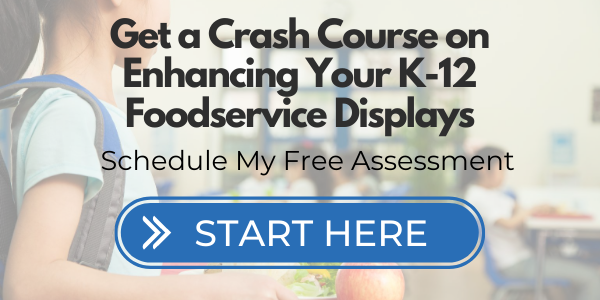
Food insecurity remains a significant issue in the United States. School nutrition programs play a critical role in providing children with healthy meals, which, for some, is the only food they'll consume that day.
Feeding America said more than 14 million children faced food insecurity in 2023, and reliable school lunch programs are crucial in addressing this issue. These programs offer consistent access to nutritious meals and contribute to improved learning environments and better overall health. Here are some tips on how schools can ensure their nutrition programs thrive and K-12 students get fed quickly.

Bridge the Two-Day Gap
Children whose parents qualify for regular school weeks can consume a discounted or free breakfast and lunch. In fiscal year 2023, government programs provided 2.4 billion free breakfasts and 4.6 billion free lunches to needy students.
When the waiver that allowed schools to provide meals to all students, no matter their parents' income, expired, a USDA report discovered that it was difficult to pay for lunch for a third of school-age children who no longer qualified for free or reduced meals. But what happens during weekends, teacher planning days, holiday breaks, and summer vacation?
Two methods to help bridge those gaps are for school cafeterias to provide afternoon snacks and have grab-n-go meal options for students to take home. A survey taken by No Kid Hungry says that 1 in 12 students who eat school lunches also get an afternoon snack. And only 1 in 7 children in the United States receive summer meals. Bridging that gap, even when school isn't in session, sets children up to succeed and perform well when classes begin again.
Create Nutritional Food Appeal
School foodservice displays are great for providing visual showcases of healthy meal options. Visual design goes a long way in the advertising and marketing worlds. Studies show that if people see visually appealing food, they'll want to consume it. So schools need to set up displays for children that will make them want to eat.
Many schools have made remarkable strides toward improving school nutrition programs, including implementing community gardens on campus and starting incentive programs that reward students for making good food selections. Creating better learning environments and keeping students healthier is a move toward the future. Another good move? Using Vision Series merchandisers to help display food in the K-12 school cafeteria. With a large, inviting opening that lets kids see their options, it's also an excellent way to hold grab-n-go items used to feed them outside of school hours. Utilizing some of these ideas can be a fantastic way to take more steps toward creating better programs.



